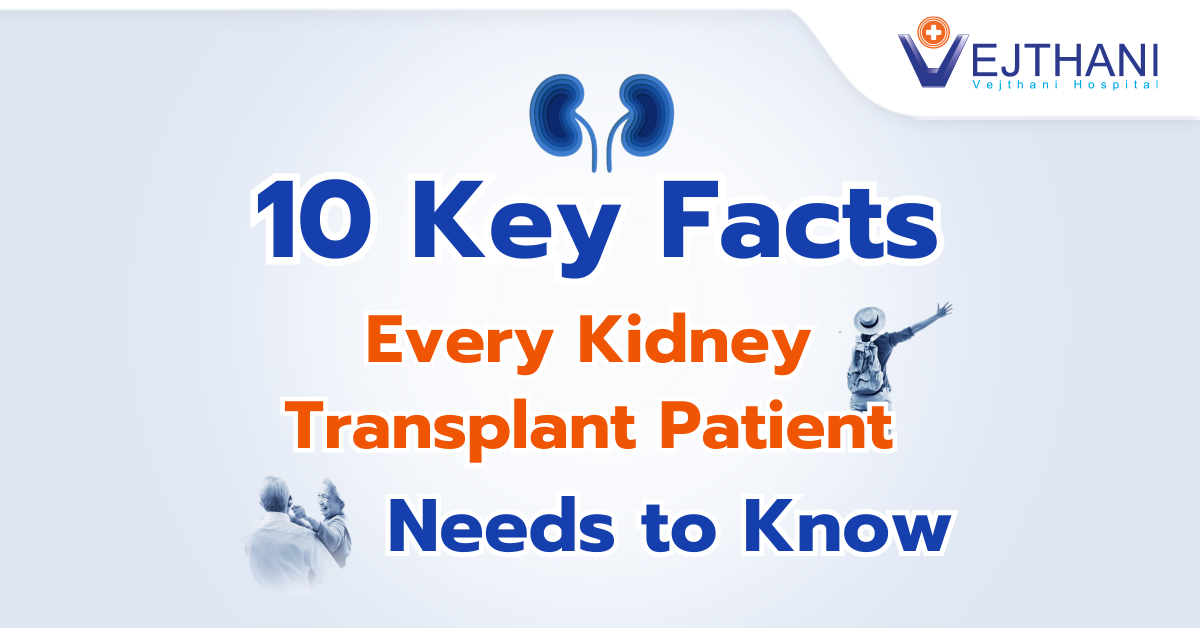
Whipple Procedure
Overview
The Whipple procedure, also known as a pancreaticoduodenectomy, is a surgery designed to remove a cancerous tumor from the head of the pancreas. This complex operation involves removing the head of the pancreas, the duodenum (the first portion of the small intestine), part of the bile duct, and the gallbladder. After these portions are removed, the remaining pancreas, bile duct, and stomach are reconnected to a loop of the small intestine to restore digestive function.
This procedure is the most common surgery for treating pancreatic cancer, with the goal of preventing the cancer from spreading to other organs. However, only about 20% of people with pancreatic cancer are eligible for the Whipple procedure, as it is most effective when the cancer has not yet metastasized. If the cancer has already spread to other parts of the body, the procedure is not beneficial.
Reasons for undergoing the procedure
The most frequent cause for surgeons to suggest the Whipple operation is pancreatic malignancy. However, this procedure can also treat:
- Pancreatitis
- Ampullary cancer
- Bile duct cancer
- Pancreatic cysts
- Small bowel cancer
- Pancreatic neuroendocrine tumors
- Trauma to your pancreas or small intestine
Risks
Up to one-third of patients undergoing the Whipple operation have the following side effects:
- Bleeding
- Infection
- Constipation
- Bowel leakage
- Losing of weight
- Alterations in bowels
- Problems digesting some foods
- Diabetes (temporary or permanent)
- Fistulas (body parts that tunnel from one to another)
Before the procedure
If you’re preparing for surgery after undergoing chemotherapy, your surgeon will likely instruct you to stop taking certain medications in the days leading up to the procedure. Additionally, you’ll need to:
- Avoid food and drinks for at least eight hours before arriving at the hospital, unless directed otherwise.
- Quit smoking — even if it’s just for two weeks before your surgery — to improve your heart and lung health.
- Stop taking herbal supplements one to two weeks prior to surgery, as instructed by your healthcare provider.
- Continue taking some blood pressure medications with a small sip of water, but only as directed by your provider.
Once you arrive at the hospital, a healthcare provider will insert an IV line into your arm. This IV will be used to administer the necessary fluids and medications during your surgery.
During the procedure
You will receive general anesthesia from an anesthesiologist so that you can sleep through the procedure.
These are the steps in the Whipple procedure:
- If the procedure is laparoscopic or robotic, your surgeon will make several small incisions in your abdomen, or one large one.
- Your pancreas’ damaged section will be removed. In addition, your gallbladder, lower bile duct, duodenum (the first portion of your small intestine), and perhaps a portion of your stomach will be removed.
- Your surgeon will join your small intestine to what’s left of your pancreas and bile duct.
- In order to ensure that food may travel through your whole digestive system, surgeons finally reattach your small intestine to your stomach.
The Whipple technique is a five to eight-hour difficult surgical procedure.
After the procedure
The Whipple technique is a major surgical treatment. It will take some time to recover from the surgery.
Your doctor will monitor you for any signs of infection or other issues while you’re in the hospital and will also manage your pain. For a few days, until your doctor determine that you are ready to attempt solid foods, you will follow a clear liquid diet. You should begin moving around your room and performing lung exercises (incentive spirometry) as soon as possible following surgery. Just make sure you obtain assistance getting up so you don’t fall by calling a nurse or physical therapist.
Outcome
The Whipple procedure is a complex surgery that requires a considerable recovery period. Patients typically spend five to seven days in the hospital, and if there are no complications, most can resume their regular activities within four to six weeks.
In the initial days following the surgery, you’ll start with a clear liquid diet. Your surgeon will guide you on when to gradually reintroduce solid foods, beginning with soft, easily digestible options. It’s essential to consult your doctor for specific dietary recommendations.
Post-surgery, your surgeon will prescribe pain medication, which you will likely need for one to two weeks. Additionally, pancreatic enzyme supplements will be provided to assist with digestion, and you may receive medication to help prevent blood clots in your legs.
Over the past few decades, survival rates for the Whipple procedure have improved significantly. Thirty years ago, the mortality rate from complications ranged from 5% to 15%, but it has now decreased to approximately 1% to 3%.
Contact Information
service@vejthani.com






















